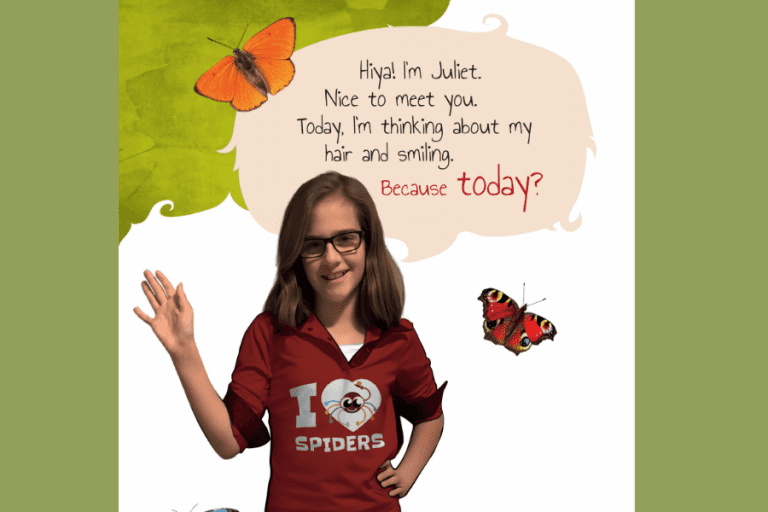Before he was old enough to talk in complete sentences, Josh, an animated, sweet-natured toddler, would wake up every few mornings and say, “Hurt head.” Then, he would fall on the couch in misery. The episodic pain continued even after being treated for sinus trouble by his family doctor. On Christmas Eve morning 2002, Josh was so sick that his parents took him to the emergency room at a local children’s hospital. A CAT scan revealed a tumor—the size of an adult fist—growing in the two-year-old’s head.
Innovative research. Great rewards.
Hearing the words “brain tumor” and your child’s name in the same sentence, is not something a parent wants to hear. But waiting an entire month, then hearing the most of grim of words, “It’s cancer,” was unbearable for Josh’s parents, Lisa and Jim.
Though doctors at the University of Minnesota Children’s Hospital successfully removed Josh’s tumor, it was “high grade,” which meant that the surgery alone would not be sufficient to cure him. Without further treatment, the cancer was certain to come back. Though the odds were not in Josh’s favor doctors gave them a 30 percent chance of finding a cure. “Nobody else gave us that much of hope,” says Lisa.
Josh’s best prospect was to enroll in a clinical trial supported by Children’s Cancer Research Fund for young children with similar brain tumors as Josh.The experimental treatment was not without risks or considerable misery for the young patients. The treatment involved a combination of powerful chemotherapy drugs, one of which was very effective in killing tumor cells but also extremely toxic to the bone marrow and immune system.
A tough choice
Josh needed three cycles of the drug to be sure he got an effective dose. To counteract the drug’s toxic effects, the treatment included a process called stem cell rescue: Doctors extracted stem cells from Josh’s blood, froze them, and then infused them back into Josh’s blood stream after each cycle of the marrow-killing drug. In this way, Josh’s own stem cells would be used to restore his immune system.
Josh’s six months of treatment was harsh. He lost his hair and eyebrows and a lot of weight when anti-nausea drugs were ineffective. Watching their precious child suffer through the side effects was especially difficult for his family, but they knew this course of action increased Josh’s chance of surviving. “It was hard to allow Josh to go through the chemo, but the stem cell treatments helped him recover,” said Lisa. “We felt it was the best treatment possible, given his situation.”
The risk delivered a great reward. Seven years later, Josh is still “cancer-free” and Lisa and Bill certainly like the sound of those words. “We needed to fight for our son’s life and we needed a team with that same determination,” Lisa said. “It got brutal at times, but we had something to focus on, a great prospect that Josh was going to have a full life, even after a harrowing battle.”



